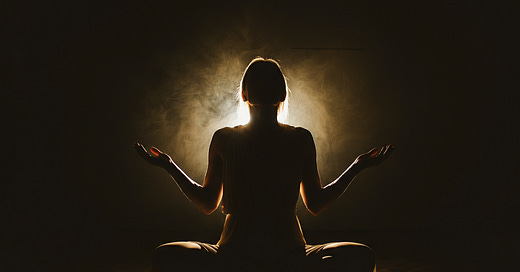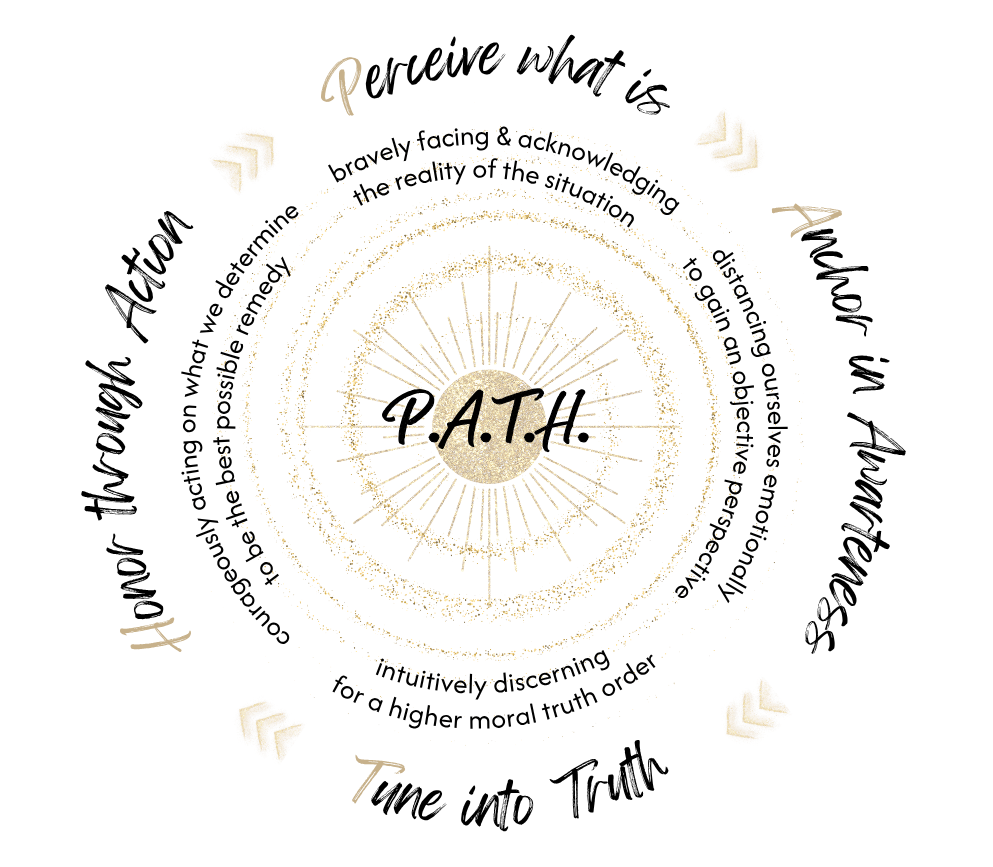Question: What can I do in the Face of Atrocity?
“What I cannot grasp is how a genocide can happen so openly, with children being killed, people displaced and tortured, and the laws of war ignored—while the world watches in silence. The scale of destruction, injustice, and exploitation—of humans, nature, and animals—feels unbearable. People around me avoid the topic, saying it's too heavy and that nothing can be done. But I can’t turn away. How can this planet ever heal, and what can I do to help?”
Aaravindha’s Answer:
While it is entirely natural to feel repulsed by the potential for violence or genocide, regardless of when or where it occurs, this unfortunate reality has been a part of our human story throughout our history. It remains an ongoing issue that affects us all, which becomes especially obvious if we choose to confront it instead of avoiding or ignoring the wickedness to which people can succumb in the dual forces of good and evil in which we exist. Acknowledging evil is challenging for many because it contradicts fundamental human instincts and threatens their core sense of reality. Yet, we all can recognize the underlying motivations that drive such behavior. By understanding the relationship between good and evil, we can make informed choices guided by this awareness.
The PATH to change—transitioning ourselves and the world from acts of evil to acts of virtue—depends on four essential conditions:
bravely facing and acknowledging the reality of the situation
distancing ourselves emotionally to gain an objective perspective
intuitively discerning a higher moral order, and
courageously acting on what we determine to be the best possible remedy.
The forces of darkness and light are in a constant struggle, continually influencing people's actions in this world. Sometimes, this struggle leads to a fair and just environment where love and goodness thrive, promoting the well-being of the majority. At other times, the opposite occurs. In our complex reality, life is inevitably polarized; evil takes hold wherever the virtues that embody goodness falter, allowing fear and hatred to take their place. However, there is always more to this story. The failure of virtue is a secondary consequence of a deeper issue: the inability to maintain a sincere and authentic relationship with the essential impulse to act with compassion, which arises from our intimate connection with our Divine Source Consciousness. When this connection is broken, evil can establish its rule.
There are two main perspectives regarding the nature of good and evil. The first perspective posits that everything exists within a single-basket reality, asserting that all that exists comes from God. According to this view, evil must also be a valid expression of God's nature. For many people, this idea can be deeply unsettling, leading to the notion that God is responsible not only for the good but also for the suffering in the world. This raises important questions: Where are fairness, compassion, empathy, love, and virtue? If God is the source of everything, why would God allow evil to exist? Why would God create a world where innocence can be crushed and where evil and violence can so easily overshadow all that is good and bright? This concept is similar to the idea that the light of the Sun, representing God’s Light, casts the shadow of suffering. The second perspective argues that the shadow of suffering is not the result of God’s actions but is instead a consequence of humanity's resistance to God's Will and the life-giving Grace that flows from it. This idea suggests that although God’s Will shines upon life, it often encounters resistance from free will, which can obstruct or oppose it, thereby creating the shadows that lead to suffering. Conversely, if there were no resistance to God’s Will, then no shadow would be cast; God’s light would illuminate life completely, and no darkness would exist. Yet, it is important to recognize that nothing could exist without God’s Will sustaining the possibility of life.
The goal is to become as radiant with God's love, compassion, and virtue as possible, allowing your inner light to shine so brightly that it can dispel the forces of darkness wherever you are.
The challenge lies in addressing the misuse of free will by aligning it more closely with the Will of God. This requires a deeper surrender to one's own Source Consciousness, as that is the light provided by God. The goal is to become as radiant with God's love, compassion, and virtue as possible, allowing your inner light to shine so brightly that it can dispel the forces of darkness wherever you are. This is the great Divine Art and the path to Awakening, which takes time and wisdom to fully develop.
Entering life, you found yourself in a realm of free will in which God cannot give you the whole of your meant perfection at once. It comes to you as an unfolding story, revealed incrementally throughout your lifetime. Ideally, that becomes your attained wisdom. This world of free will is equally a world of infinite potential.
If you give your faith there, you are no longer a helpless victim; you become the answer. Then, this world brightens that much more.
Life cannot exist any other way: free will implies endless potential. The key to using that potential rests in where you draw your power. If you draw it from God’s true light that comes to you from within, you become the remedy, the medicine that brings back healing, love, and balance to this world. If you give your faith there, you are no longer a helpless victim; you become the answer. Then, this world brightens that much more.
© Aaravindha Himadra
[Dieser Artikel ist auch auf Deutsch in Aaravindhas Kommuniqué auf unserer Website verfügbar – mit kostenloser Registrierung!]






